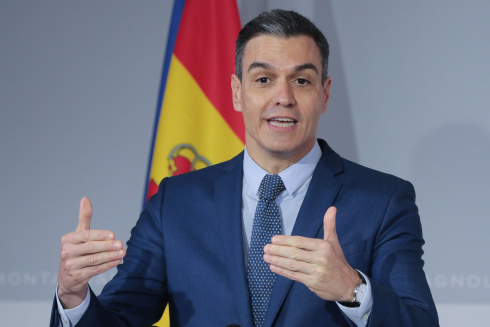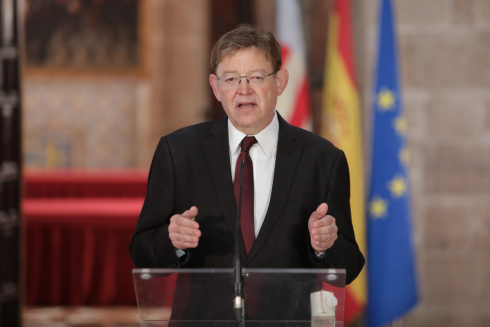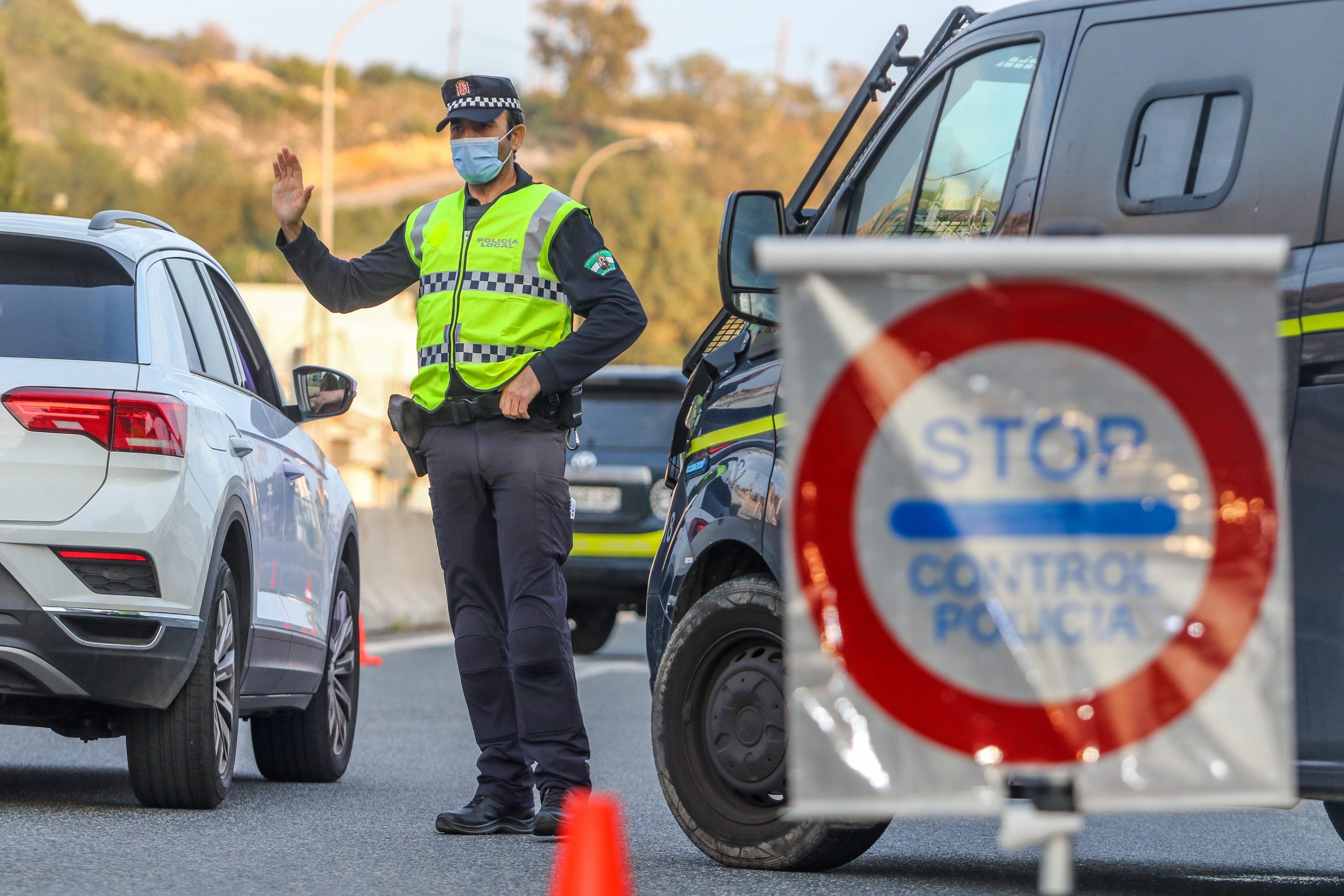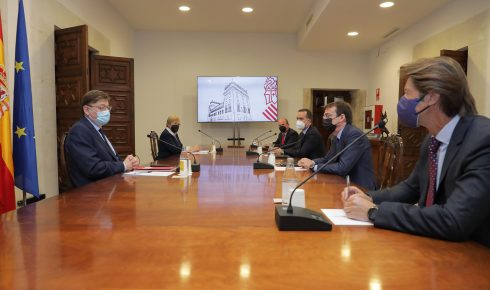SPAIN’S second State of Alarm is set to finish on May 9 if Prime Minister, Pedro Sanchez, has his way.
The measure was introduced on October 25 to provide legal backing for the country’s 17 regions to close their borders and to introduce curfew hours, as COVID-19 cases spiked upwards.
The current State of Alarm is very different to the one introduced over a year ago in the early days of the coronavirus pandemic.
It was in effect a national lockdown from mid-March with relaxations gradually phased in from early May, with the measure expiring on June 21.
It is not 100% certain that the current State of Alarm will not be renewed next month as parts of Spain are starting to see significant rises in COVID-19 infections.
Pedro Sanchez said yesterday: “We want for May 9 to be a full stop and we are working towards that. We have no plans to extend the State of Alarm any longer.”

Those important politician-style words of ‘we have no plans’ are an important caveat, as a big COVID surge in the next month could lead to a U-turn.
Some cautionary warnings are also being raised with the leader of the Basque Nationalist PNV party in Congress, Aitor Esteban, saying that it would be better to take a decision based on the latest infection figures at the beginning of May.
But the consensus is that the State of Alarm will end but what will that mean across Spain’s regions?
Speaking today(April 7), Finance Minister, Maria Jesus Montero, said: “The ending of the State of Alarm will mean the lifting of general measures like the curfew which required a legal standing.”
“The autonomous regions will be able to continue taking measures to limit mobility within their territories as was the case after the first State of Alarm ended,” he added.
There are therefore two key issues to look at after May 9. They concern curfews and regional border closures.
The national State of Alarm enshrined powers for the regions to introduce and enforce those measures, and there is nothing to actually stop them trying to do that after May 9.
The problem is that the regional governments are left vulnerable to court challenges without the ‘umbrella’ of a State of Alarm if they try to extend the curfew and border closures.
There could easily be the scenario that different courts in different regions will react differently with no uniform pattern across the country.
Early indications suggest that extensions are unlikely with the toughest regime of the Valencian Community and its president, Ximo Puig, regularly talking about maintaining curfews and closures ‘until May 9’.

What the regions will have power over will be to enforce local municipality border closures in areas of high infection and to control businesses and activities that are seen as possible spreaders of the coronavirus.
Back in Valencia, for example, all nightlife businesses like late bars and clubs were closed in mid-August due to COVID outbreaks.
As vaccinations begin to step up and also the looming approach of the tourist season, the smart money is on a noticeable change being observed across most of Spain after May 9.
The pandemic though has brought a new definition to unpredictability and four weeks is a very long time within the grand scheme of things.
Click here to read more Coronavirus News from The Olive Press.








